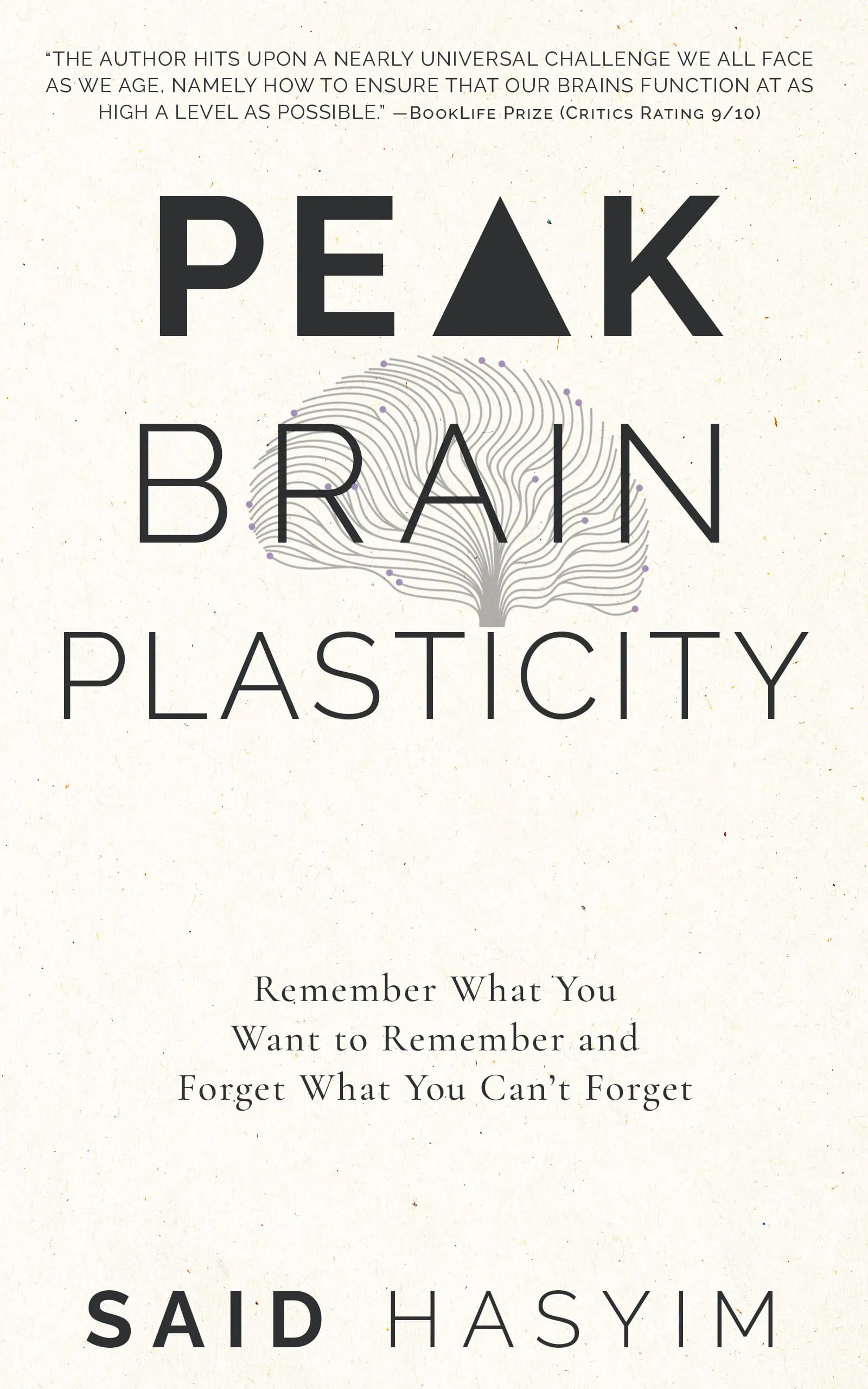Enhance Your Life with Memory Techniques
In today's fast-paced world, where information is constantly bombarding us, having a robust memory can feel like a superpower. Whether you're a student preparing for exams, a professional navigating a busy work life, or simply someone looking to improve their cognitive abilities, memory techniques can serve as valuable tools. This blog post explores various memory techniques, their benefits, and how you can integrate them into your daily life.
Understanding Memory
Before diving into specific techniques, it’s important to understand how memory works. Memory is not a single process but rather a complex system involving encoding, storage, and retrieval.
- Encoding: This is when information is initially processed. It can be enhanced through strategies like visualization or associating new information with something familiar.
- Storage: Once encoded, information must be stored in your brain. This can be through short-term memory (temporary retention) or long-term memory (permanent storage).
- Retrieval: Finally, being able to recall information is crucial. Strategies to strengthen retrieval include practicing recall techniques and creating connections between pieces of information.
By harnessing these processes, memory techniques not only aid in memorizing facts but also improve overall cognitive function.
The Importance of Memory Techniques
Memory techniques offer numerous advantages, including:
- Enhanced Learning: Whether in an academic or personal setting, better memory aids in learning and retaining new information.
- Reduced Stress: A robust memory helps reduce the anxiety associated with forgetting important dates or tasks.
- Improved Communication: Remembering names and details about individuals can improve your social interactions.
- Boosted Confidence: Knowing you can recall information can bolster your self-esteem and effectiveness in various situations.
Popular Memory Techniques
Here are some popular memory techniques that can enhance your cognitive abilities:
1. The Method of Loci (Memory Palace)
The Method of Loci, also known as the Memory Palace technique, leverages spatial memory. This system involves visualizing a familiar place and associating items you want to remember with specific locations within that setting.
How to Use It:
- Choose a place you know well (your house, a walking route).
- Create a mental journey through this place, noting specific locations (e.g., rooms or landmarks).
- Associate the information you want to remember with each location in your journey.
This method is especially effective for remembering lists, speeches, or any ordered information.
2. Chunking
Chunking involves breaking down large amounts of information into smaller, more manageable units or "chunks." This technique takes advantage of the brain’s tendency to prefer smaller bits of data.
How to Use It:
- Instead of trying to remember 12 digits as one continuous number, break them down into chunks (e.g., 123-456-7890).
- Apply chunking to vocabulary, formulas, or large concepts by grouping related ideas together.
3. Mnemonics
Mnemonics are memory aids that use associations, acronyms, or rhymes to help you remember information. They simplify complex data into more familiar formats.
How to Use It:
- Create acronyms using the first letter of each item in a list (e.g., ROYGBIV for the colors of the rainbow).
- Use rhymes or songs to remember details—turning information into catchy bits can make recall easier.
4. Visualization
Visualization is a powerful technique that involves creating mental images of the information you're trying to remember. The more vivid and emotional these images, the more likely they are to stick.
How to Use It:
- When learning new vocabulary, visualize the word's meaning in a specific scene.
- Create detailed images that link together the items or concepts you want to recall.
5. Spaced Repetition
Spaced repetition is based on the psychological spacing effect, which suggests that information is better recalled if it's studied over spaced intervals rather than in a single session.
How to Use It:
- Use apps or methods that remind you to review information just before you're likely to forget it.
- Plan your study sessions—start with short intervals and gradually increase the time between reviews.
Practical Tips for Incorporating Memory Techniques
- Start Small: Begin by applying one or two techniques at a time. As you become more comfortable, gradually integrate others.
- Practice Regularly: Memory techniques require practice. Set aside time to actively use these strategies in your daily routine.
- Stay Organized: Keeping notes or lists can help you utilize memory techniques effectively. Organize your materials to make them easily accessible.
- Stay Healthy: A healthy body contributes to a healthy mind. Ensure you're getting adequate sleep, nutrition, and mental stimulation to improve your cognitive function.
Conclusion
Enhancing your life with memory techniques is not just about memorizing facts; it’s about enhancing your overall cognitive abilities, reducing anxiety, and improving your learning processes. Whether you’re preparing for a big presentation, studying for an exam, or simply trying to remember names at a social gathering, the right memory techniques can make a significant difference.
Investing time into mastering these strategies will not only improve your memory but also enrich your overall life experiences. Remember, the key to success lies in consistent practice and application. Start today, and watch how your cognitive abilities soar!
Harness the Power of Neuroplasticity
Discover Peak Brain Plasticity, a practical book to harnessing neuroplasticity. Enhance your memory, learn new languages quickly, and alleviate anxiety with effective study methods. Uncover daily habits that impact cognitive health and explore techniques for accelerated learning and memory retention. Unlock your brain's potential for growth and transformation.
